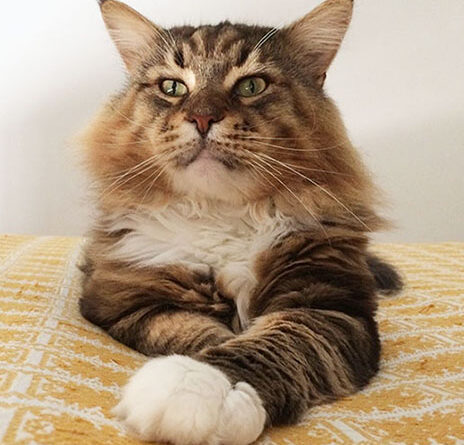LET’S LEARN TO OBSERVE OUR CATS AND UNDERSTAND THEIR EMOTIONS!
Today, cats are one of the most widespread and beloved companion animals: they share their life with people and are perceived as social partners by their owner. The knowledge and understanding of cat-human communication and of the behavior exhibited in response to different emotions is essential to improve the management of housed cats. Are we really able to understand their emotions? This study aims to analyze and compare the behavior of Maine Coon cats in three different situations that can occur in house cats’ lives: waiting for food, isolation in unknown environment, and brushing. Cats showed different behavioral patterns in the three situations and, in particular, their behavior during brushing was very different than in the two other situations. In fact, during brushing cats exhibited more withdrawal, passive interactions, aggressive behaviors, facial discomfort and purring, whereas when waiting for food cats showed more behaviors oriented to the environment, oriented to the food bowl, and more locomotion, active interactions, yawning, lip licking and swallowing, and salivation; isolation was principally characterized by behaviors such as hiding, scratching and exploration.
These different behavioral responses are probably due to the different emotional states elicited by each of the three challenging and potentially stressful situations. Owners should learn to identify behaviors that are indicative of different emotional states, in order to improve the welfare of house cats.
REFERENCE TO A WEBSITE OR TO A LINK
Cannas S., Mattiello S., Battini M., Ingraffia S.I., Cadoni D., Palestrini C. (2020) Evaluation of cat’s behavior during three different daily management situations. Journal of Veterinary Behavior, 37: 93-100 [Doi: 10.1016/j.jveb.2019.12.004].

